Rhodiola (Rhodiola rosea), packet of 100 seeds
$5.95
Family: Stonecrop (Crassulacea)
Hardy to Zones 1 to 7
(Sedum rhodiola, Golden Root, Rose Root) Perennial, fleshy succulent. There are a number of different ecotypes of Rhodiola rosea. Glycoside (e.g. rosavin, rosin) content is variable depending on ecotype. Our seed is collected only from cultivated plants. * This is a high rosavin type. The dried roots are rose-scented. Traditional use (TWM): tonic, adaptogenic. Plant prefers sun at altitude and shade to part shade at lower elevations. Plant in calcareous soil or rock garden. Flowers to 10 inches. Seed is very tiny and can be mixed with sand prior to planting to help make an even distribution. Sow seed on surface of fast-draining potting soil in flat or pot and press in securely. Best to sow seed in fall or very early spring and subject the planting to outdoor conditions–snow, rain, and temperature oscillation all stimulate germination. Lacking outdoor conditions, the seed may be stratified for 90 days in moist medium in the refrigerator, then surface-sown in cool shade. Germination is in the spring. Individuate seedlings and work up in successively larger pots until they are sufficiently sized to transplant to the landscape. Space 1 foot apart. Rhodiola may also be gainfully grown in pots to maturity–it makes an interesting succulent plant, steeped in folklore, honored by herbalists, with a nice yellow flower.
100 seeds/pkt., Open Pollinated, Untreated, NO GMO’s
- All species of Rhodiola were listed in appendix II of the convention for international trade in endangered species (CITES) in 2022. This makes wild collection and distribution illegal. We are selling seed from cultivated plants and encouraging the cultivation of Rhodiola to help conserve the plants.
In stock

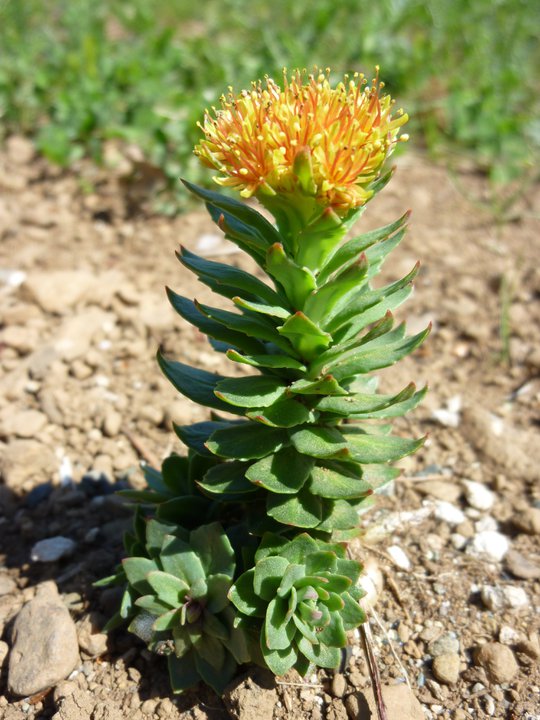
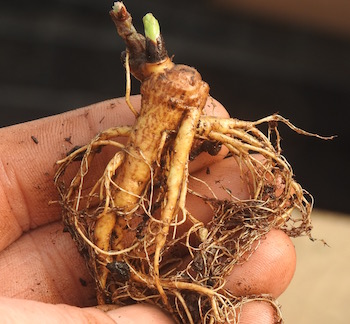
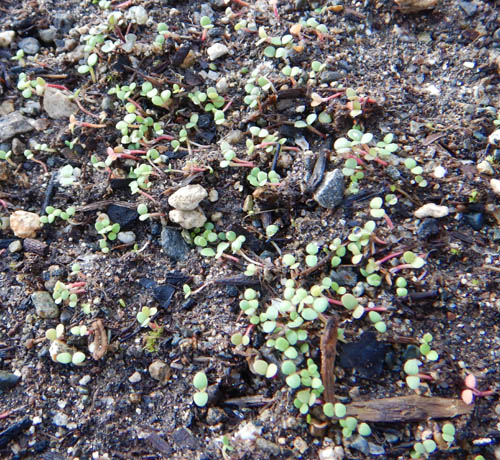
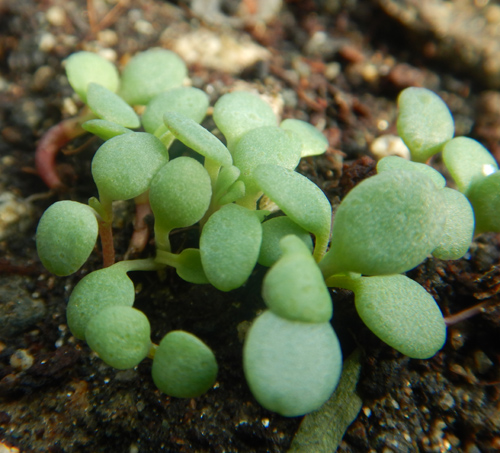
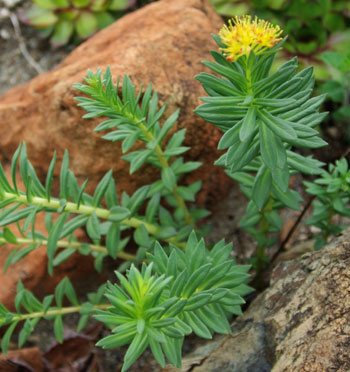
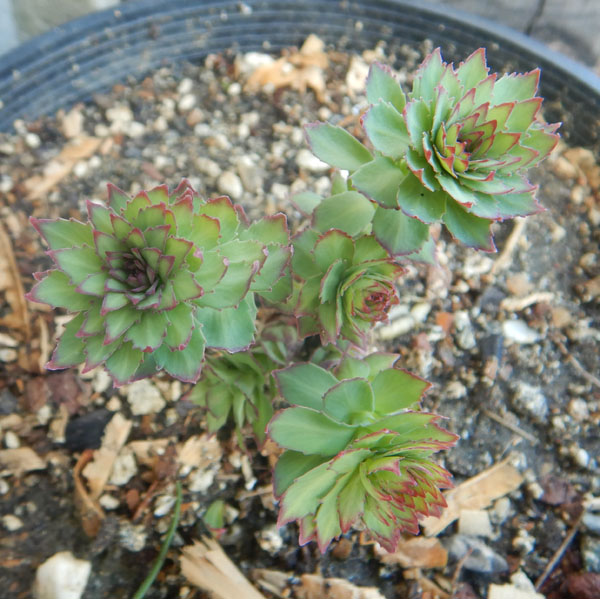


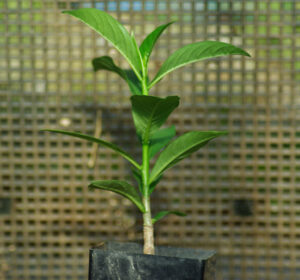
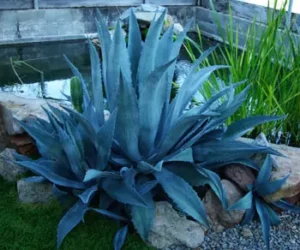
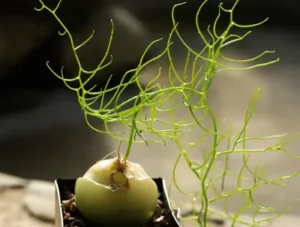
Bonnie Dodds (verified owner) –
A couple years ago I ordered Rhodiola seeds from three different suppliers. I sowed them all in pots in late winter, then set them outside in a sheltered spot to stratify. The pots were side by side. One pot saw two seeds germinate, the other did better with a dozen or so. But the seeds from Strictly Medicinal must have all germinated because the pot was carpeted in them. They continued to grow so well that I ended up with far too many and shared them with neighbors. Thank you so much!
Upvote if this was helpful (0) Downvote if this was not helpful (0) Watch Unwatch Flag for removal
Question
Tami Montgomery (verified owner) –
I ordered these seeds and it will be the first time growing rhodiola rosea for me. I chose this to use for helping one of my grandsons who has non verbal autism with sensory issues. I live in woodlands and the soil goes from clay with iron oxide deposits in the yard to the rich forest floor. While researching on this variety I am seeing limestone is beneficial for healthy plants. I am at a low elevation and total shade to part shade is a plus for growing at my location. Can you give a recommendation on whether I should use lime in the soil where I plant these or will making rock gardens with limestone be sufficient enough for successful growth? And would you know if this is deer resistant or not? Thank you.
Upvote if this was helpful (1) Downvote if this was not helpful (0) Watch Unwatch Flag for removal
Richo Cech –
Hello Tami,
Thanks for contacting! In terms of working with grandchildren in the garden, i can relate! this year we chose a fast-germinating and edible crop (peas ) for the 2 and 4 year old to plant. It was exciting for them to see such quick results!
Rhodiola is slow growing and small, easily missed by deer, especially in mixed plantings. The best plants occur in moderately rich, well-drained soils of pH 6 to 7. if your garden soil is more acidic than that, then yes, limestone would be recommended. Otherwise, forget it, because if you add limestone right before planting it can be not such a good idea. Not sure where you’re getting your info but much info on the web is generated for the purpose of content without any actual experience. i recommend the Rhodiola monograph in “Growing Plant Medicine Vol 2” which is written from the standpoint of actual experience. Richo
Upvote if this was helpful (1) Downvote if this was not helpful (0) Flag for removal
Tami Montgomery (verified owner) –
Thank you Richo! You are right, there is such conflicting info on the internet and I put my trust in asking someone who actually grows and sells it. It makes the difference in success and failure. I would have been set up for failure if I hadn’t came directly to the source. And thank you for the book recommendation. I will be ordering by next payday. I’ve been growing a garden and medicines for years and knowing about what I am adding is very important to me. Have a great day!
Upvote if this was helpful (1) Downvote if this was not helpful (0) Flag for removal
Deborah –
What is the difference between the roses and the crenulata?
Upvote if this was helpful (1) Downvote if this was not helpful (0) Watch Unwatch Flag for removal
Richo Cech –
Rhodiola crenulata is an accepted species, a succulent native to China and Tibet. it does contain some of the same active constituents as Rhodiola rosea, which is official. crenulata contains less of the Rosavin constituent, I consider it a less than ideal substitute for the real thing. Richo
Upvote if this was helpful (1) Downvote if this was not helpful (0) Flag for removal
jasperdshide (verified owner) –
Gibberellic acid works fine in lieu of stratification, but that’s where the easy bit ends. The itty bitty seedlings take a lot of babying and WILL keel over and die if they’re too moist, too dry, or if they sense that you’re starting to think you’ve got the hang of growing them. Thankfully they’re much easier to care for when grown (or so I’m told, none of my seedlings made it that far!)
Upvote if this was helpful (1) Downvote if this was not helpful (0) Watch Unwatch Flag for removal
Richo Cech –
probably the GA3 itself is at fault, in some cases it spurs germination but then the resulting seedlings expire.
Upvote if this was helpful (2) Downvote if this was not helpful (0) Flag for removal
Bebe –
I wonder if soaking them in Willard Water would help before planting out?
Upvote if this was helpful (1) Downvote if this was not helpful (0) Flag for removal
Richo Cech –
Hi Bebe, I find that presoaking tiny seeds such as this is problemmatical in that it makes them clump. There’s a great monograph on all aspects of cultivation of Rhodiola in “Growing Plant Medicine Vol 2” which is recommended. All the best, Richo
Upvote if this was helpful (1) Downvote if this was not helpful (0) Flag for removal
Angela –
Is there any chance you’d be selling some of these live? I live on the Oregon coast and it never freezes here. Thanks for all your knowledge!
Upvote if this was helpful (1) Downvote if this was not helpful (0) Watch Unwatch Flag for removal
Richo Cech –
Hello Angela,
Not only a chance, pretty much a confirmation. It is so very serendipitous that you wrote this, I was literally out in the greenhouse communicating with staff about transplanting techniques on Rhodiola and examining several hundred seedlings before I came in to read this. We’re on it, stay in touch, we’ll only sell the plants when they are properly sized up.
Richo
Upvote if this was helpful (1) Downvote if this was not helpful (0) Flag for removal
Angela Hendrickson –
Hi Richo, is it possible to germinate these without chilling them for 90 days? Can they germinate right out of the packet after sown?
Upvote if this was helpful (1) Downvote if this was not helpful (0) Watch Unwatch Flag for removal
Richo Cech –
Hi Angela,
No, they are what’s known as a “frost germinator,” they’re going to do best when sown outdoors. For instance I planted mine 2 weeks ago and expect to see germ come spring.
Richo
Upvote if this was helpful (1) Downvote if this was not helpful (0) Flag for removal
Feli –
Would these grow well in Alaska? What other medicinal seeds would you recommend for up here? Thanks!
Upvote if this was helpful (1) Downvote if this was not helpful (0) Watch Unwatch Flag for removal
Richo Cech –
Hello Feli, they are native to Alaska! Beyond cabbage, which I hear grows to monumental size in Alaska, the medicinals that will do best are the cold zone medicinals. I would run a search for “Zone 3” on this website and filter out the obvious warm-weather herbs. You’re left with things like Saint John’s Wort which are extremely cold-hardy and honestly among the best herbal medicines. Richo
Upvote if this was helpful (1) Downvote if this was not helpful (0) Flag for removal
Question
Kathi McCallum –
I live in a high altitude mountainous, desert area of Colorado. I am looking for medicinal plants to grow here and rhodiola is definitely on my list. Temperatures here rarely get into the 80s in the summer and stay mostly below 40 in the winter. It seems, from what I have read, rhodiola may adapt to this area. What do you think and please share any advice you may offer. Also, if you know of other medicial plants that do well in this type of area, please let me know. Thanks! Kathi
Upvote if this was helpful (0) Downvote if this was not helpful (0) Watch Unwatch Flag for removal
Richo Cech –
Yes, rhodiola is native to the rockies. Other good ideas would be valerian, arnica, osha and bitterroot. Also oregon grape, cinquefoil, navajo tea, western mugwort and camus. A little research at http://www.strictlymedicinalseeds.com would bear fruit. r
Upvote if this was helpful (1) Downvote if this was not helpful (0) Flag for removal